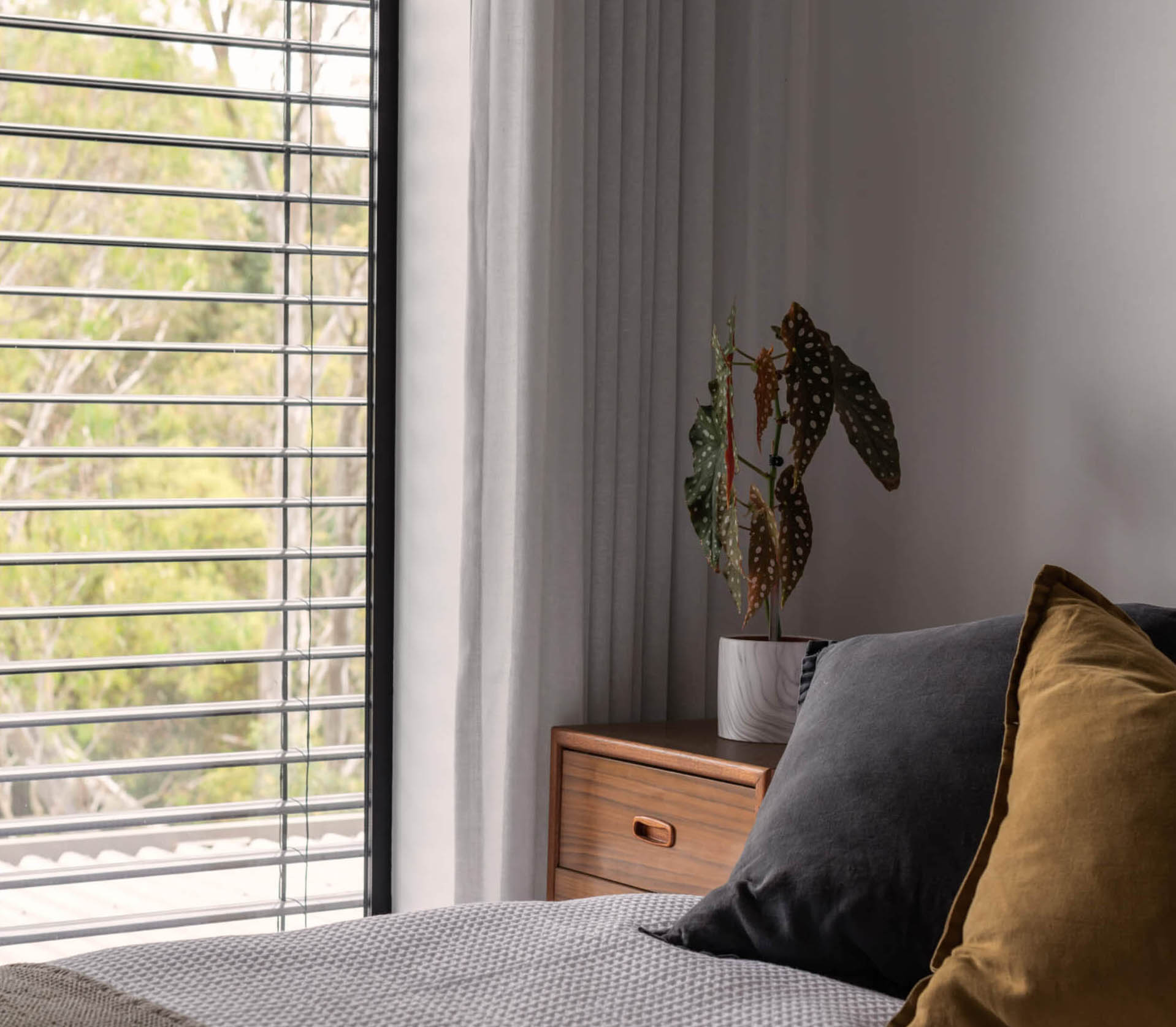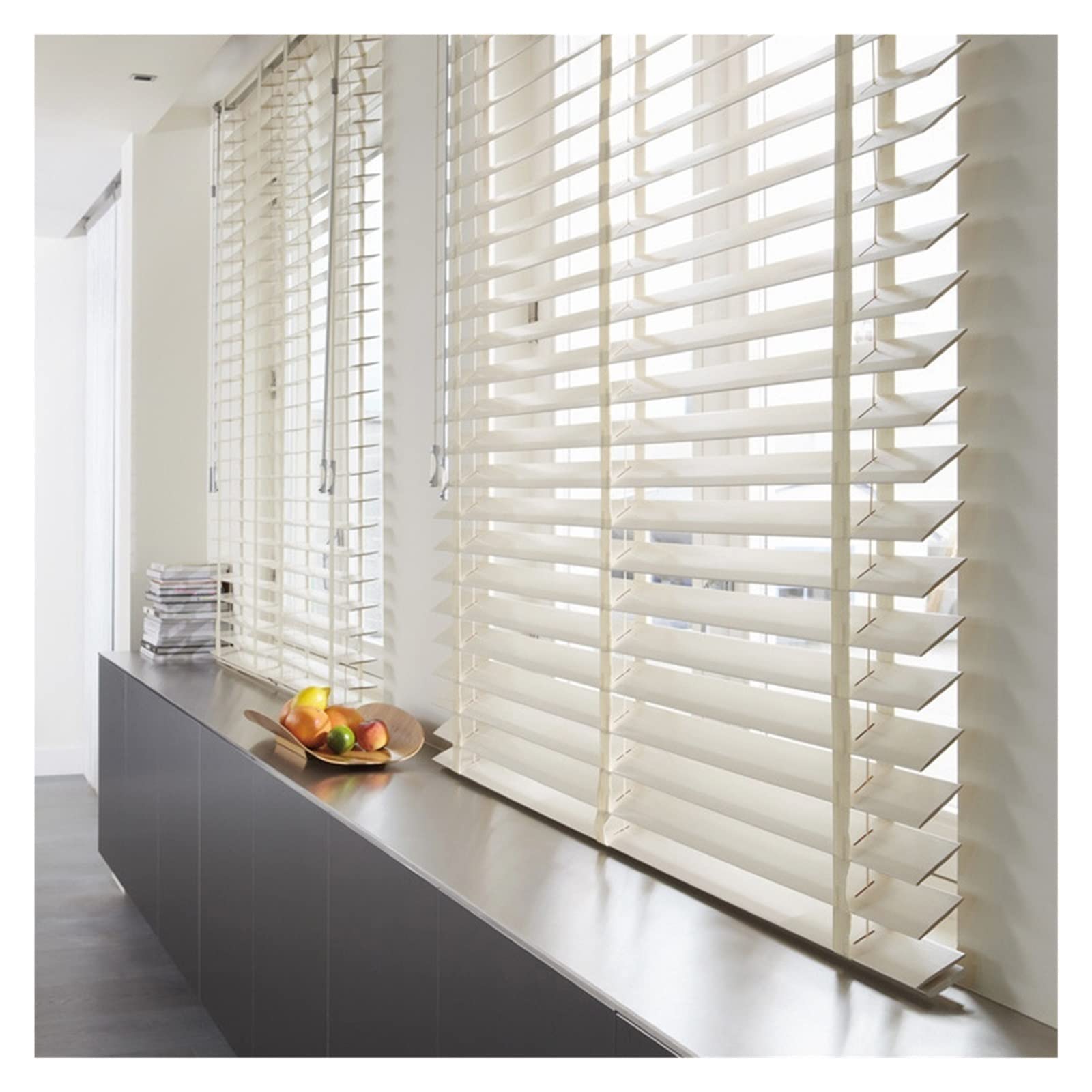Horizontal blinds are a popular type of window treatments that offer light control, privacy, and style. They consist of horizontal slats that can be tilted up or down using a cord or a wand. However, over time, horizontal blinds can become stiff, noisy, or hard to operate due to dust, dirt, or friction. This can affect their functionality and appearance, and make them less enjoyable to use. To prevent this, you should lubricate your horizontal blinds regularly to keep them smooth and quiet. In this article, we’ll explain how to lubricate horizontal blinds, what products to use, and how often to do it.
How to Lubricate Horizontal Blinds
Lubricating horizontal blinds is not difficult if you follow some simple steps. Here are some tips on how to lubricate horizontal blinds:
- Clean your horizontal blinds first. Before applying any lubricant, you should clean your horizontal blinds thoroughly to remove any dust, dirt, or grime that may be causing them to stick or squeak. You can use a vacuum with a soft brush attachment to remove any loose dust from the slats and the headrail. Then, you can use a dry cloth to wipe off any remaining dirt and build-up from the blinds.
- Use a silicone-based lubricant spray. The best product to lubricate horizontal blinds is a silicone-based lubricant spray that is designed for metal or plastic surfaces. Silicone lubricant spray is clear, odorless, non-staining, and water-resistant. It can reduce friction, prevent rust, and protect your blinds from wear and tear. You can find silicone lubricant spray at most hardware stores or online.
- Spray the lubricant on the headrail and the cords. The headrail is the metal or plastic bar that holds the slats and the cords together. The cords are the strings that run through the slats and allow you to tilt them up or down. These are the parts that need lubrication the most, as they are exposed to the most friction and movement. To lubricate them, you should spray the lubricant lightly along the headrail and the cords. You should use short and quick sprays rather than long and continuous ones to avoid excess lubricant dripping or spraying on other surfaces. You should also avoid spraying directly on the slats, as this may cause them to become slippery or greasy.
- Operate the blinds several times to distribute the lubricant evenly. After spraying the lubricant, you should operate your horizontal blinds several times by tilting them up and down using the cord or the wand. This will help distribute the lubricant evenly along the headrail and the cords, and ensure that they move smoothly and quietly.

What Products to Use to Lubricate Horizontal Blinds
As mentioned above, the best product to use to lubricate horizontal blinds is a silicone-based lubricant spray that is designed for metal or plastic surfaces. However, if you don’t have access to this product, you can also use some alternative products that may work similarly. Here are some examples of alternative products that you can use to lubricate horizontal blinds:
- WD-40. WD-40 is a multipurpose product that can be used for various purposes around the home, including lubricating metal or plastic surfaces. It can help reduce friction, prevent rust, and protect your blinds from wear and tear. However, WD-40 is not as clear or odorless as silicone lubricant spray, and it may stain or damage some fabrics or finishes. Therefore, you should use it sparingly and carefully, and test it on a small area first before applying it on your blinds.
- Graphite powder. Graphite powder is a dry lubricant that can be used for metal or plastic surfaces that are exposed to high temperatures or pressures. It can help reduce friction, prevent rust, and protect your blinds from wear and tear. However, graphite powder is not as easy or convenient to apply as silicone lubricant spray, and it may leave a dark residue on your blinds or other surfaces. Therefore, you should use it sparingly and carefully, and wipe off any excess powder after applying it on your blinds.
- Vegetable oil. Vegetable oil is a natural product that can be used for metal or plastic surfaces that are exposed to low temperatures or pressures. It can help reduce friction, prevent rust, and protect your blinds from wear and tear. However, vegetable oil is not as clear or odorless as silicone lubricant spray, and it may become rancid or sticky over time. Therefore, you should use it sparingly and carefully, and replace it regularly after applying it on your blinds.

How Often to Lubricate Horizontal Blinds
The frequency of lubricating horizontal blinds depends on several factors, such as the type, material, and quality of the blinds, the amount of use and movement they receive, the level of dust and dirt they accumulate, and the climate and humidity they are exposed to. Generally, you should lubricate your horizontal blinds at least once a year to keep them smooth and quiet. However, you may need to lubricate them more often if you notice any signs of stiffness, noise, or difficulty in operating them. You should also lubricate them after cleaning them or after any repairs or adjustments.

Final Words
Horizontal blinds are a popular type of window treatments that offer light control, privacy, and style. However, over time, they can become stiff, noisy, or hard to operate due to dust, dirt, or friction. To prevent this, you should lubricate your horizontal blinds regularly to keep them smooth and quiet. You can use a silicone-based lubricant spray or some alternative products to lubricate your horizontal blinds. You can also follow some simple steps to clean and operate your horizontal blinds properly.
We hope this article has helped you understand how to lubricate horizontal blinds, what products to use, and how often to do it. If you need more help with choosing or installing window treatments, feel free to contact us at Huetifulhomes.com. We are your trusted source for all things home decor and lifestyle. We offer expert advice, quality products, and friendly service that will make your home beautiful and comfortable.
Dale is the colorful mind behind HuetifulHomes.com, where he shows you how to create a home that is as fun and fabulous as you are. He has a passion for color and a knack for DIY, with years of interior design experience he shares his tips and tricks on how to create a home that reflects your personality and style. He believes that color is the key to happiness, and he wants to help you make your home more Huetiful.




